The only ancient city in the world built on a coral reef, located just off the eastern coast of Pohnpei Island, Micronesia. Nan Madol consists of 99 small artificial islands interconnected by a network of canals, which is why it is often referred to as the “Venice of the Pacific.”
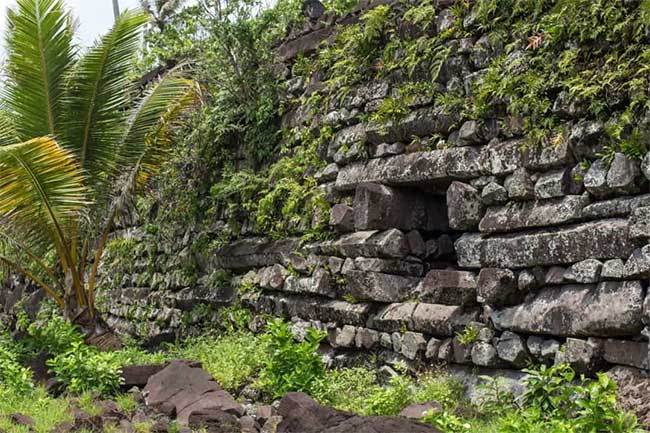
Nan Madol is considered an engineering marvel because its small islands are entirely constructed from massive basalt slabs. Archaeologists are drawn to this site to explain how these walls could be built so high when each basalt block weighs up to 750,000 tons.
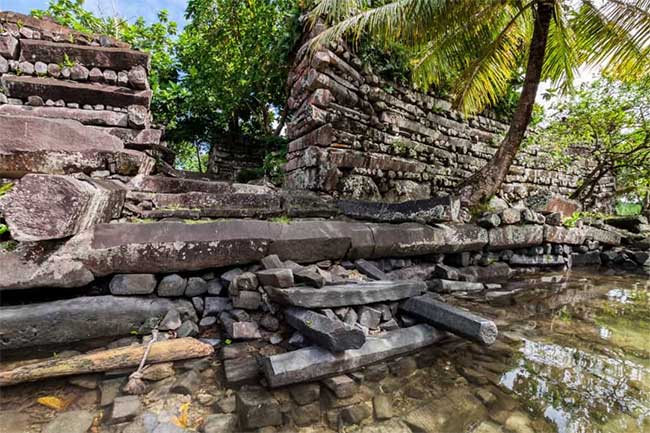
Experts have speculated that rafts may have been used to transport these gigantic stones to the reef. However, experiments show that these stone blocks would immediately sink due to their heavy weight.
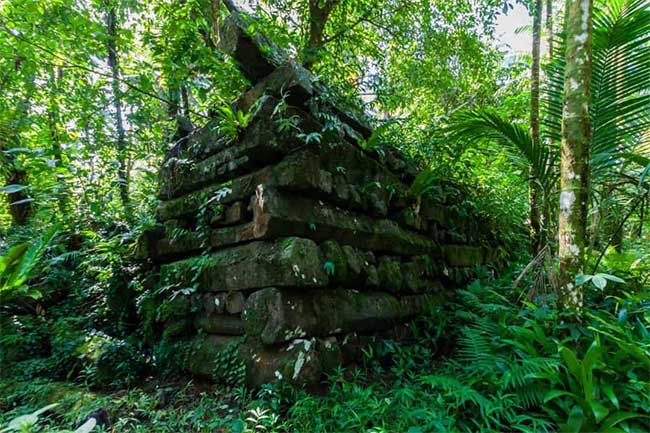
Carbon dating of Nan Madol shows that some structures are about 900 years old, but these islands may date back even further to the 8th and 9th centuries.
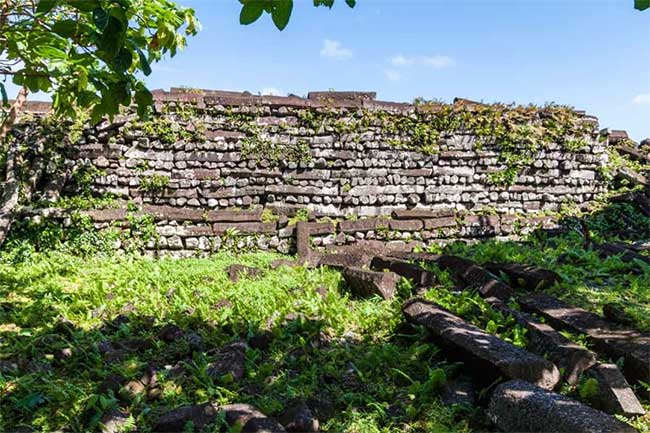
Pohnpeian legend states that the ancient city of Nan Madol was built by two sorcerer brothers, Olisihpa and Olosohpa, from the mystical land of Katau.
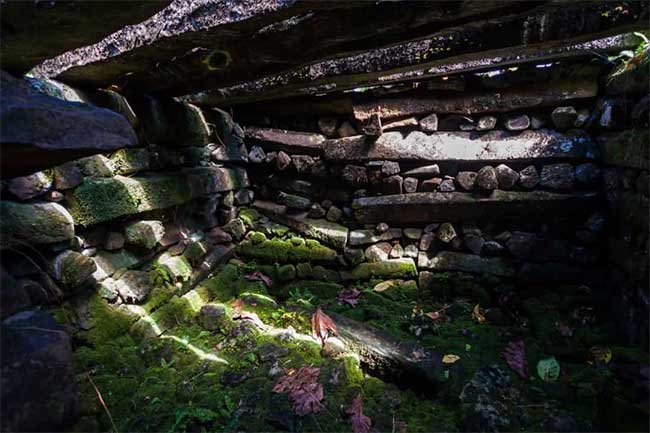
They were believed to be giants, much taller than the native people of that time. The brothers established a temple to worship the agricultural god Nahnisohn Sahpw. Olisihpa and Olosohpa performed many rituals at the temple, and the massive stones were transported with the help of a flying dragon that created the small islands in Nan Madol.
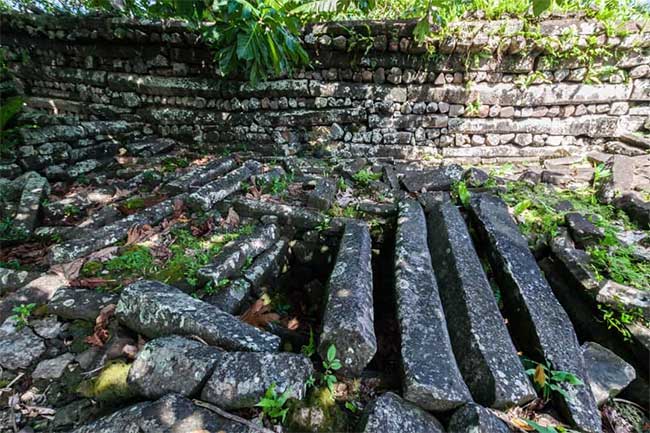
Subsequently, Olosohpa became the first ruler, marking the beginning of a dynasty that governed Nan Madol until around 1628.
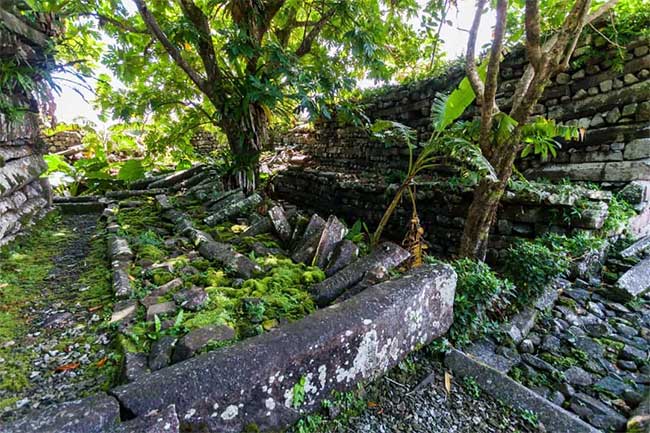
Most Pohnpeians still believe that the ancient city is the result of magical spells, as there are no plausible theories explaining how humans moved 750,000 tons of basalt. It has also been recognized as a sacred site established by the Saudeleur dynasty, which was once home to chiefs, priests, and commoners.
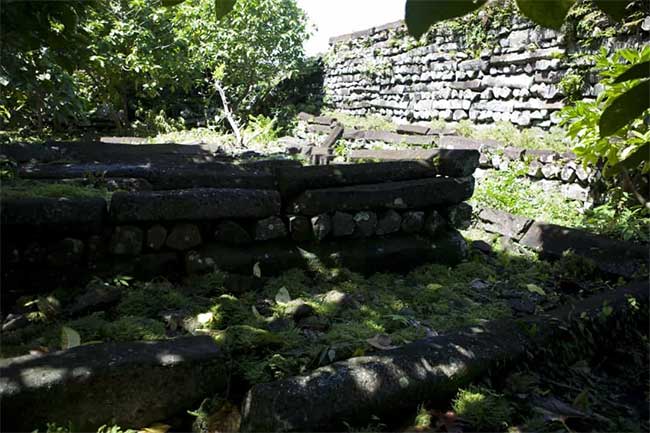
It is estimated that the population of Nan Madol exceeded 1,000 people at a time when the entire population of Pohnpei was only about 25,000.
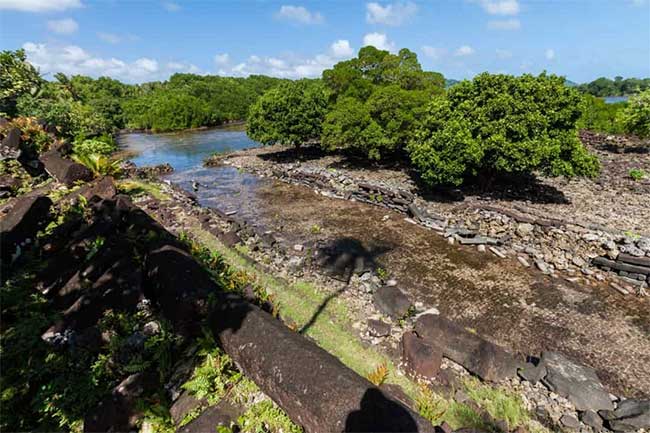
Due to the lack of tools for agriculture and means to obtain fresh water on the coral reef, life here was very difficult. This may have been the reason for the city’s abandonment.
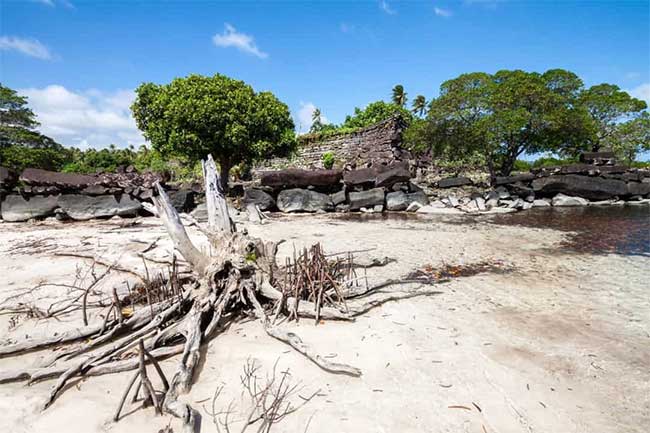
However, the mystery surrounding the origins and purpose of the ancient city has naturally inspired many legends related to spirits and the supernatural.
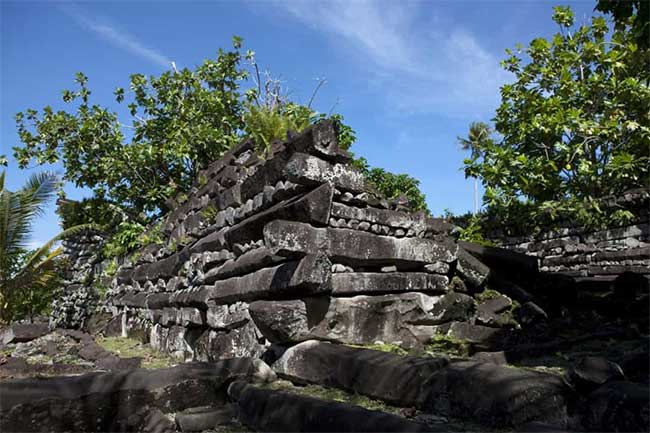
In 2016, Nan Madol was recognized by UNESCO as a World Heritage Site. However, this site is threatened by climate change, rising sea levels, encroaching mangroves, and erratic Pacific weather, which has also placed it on the List of World Heritage in Danger.




















































